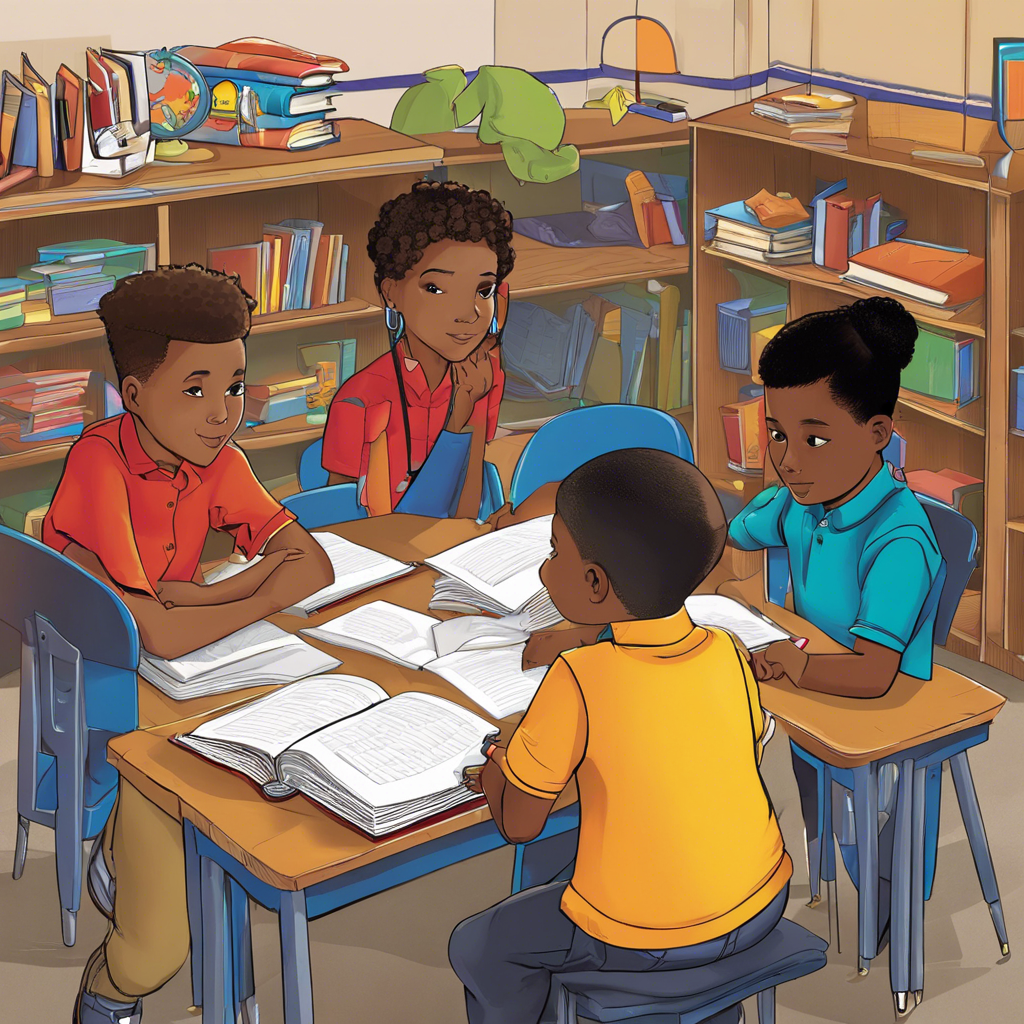School suspensions have long been a contentious issue in education, with critics arguing that they contribute to a school-to-prison pipeline, disproportionately affecting students of color and those from disadvantaged backgrounds. In response to these concerns, many schools have adopted restorative practices as an alternative approach to discipline. Restorative practices focus on building relationships, repairing harm, and fostering a sense of community within the school. This article delves into the effectiveness of restorative practices in reducing school suspensions and the potential benefits for students and the wider school community.
Understanding Restorative Practices
Restorative practices in schools aim to create a supportive and inclusive environment by addressing conflict and misconduct through dialogue, empathy, and accountability. Instead of solely relying on punitive measures, restorative practices encourage students to take responsibility for their actions and understand the impact of their behavior on others.
This approach is rooted in the belief that positive relationships and a sense of community are essential for effective learning. By fostering these connections, restorative practices can help prevent and resolve conflicts, ultimately reducing the need for suspensions.
The Impact on Suspension Rates
Research suggests that restorative practices can significantly reduce suspension rates and promote positive behavioral change. A study by the Learning Policy Institute found that schools implementing restorative practices experienced a 47% decrease in suspensions over two years. This reduction was particularly pronounced among students of color, who are often overrepresented in suspension statistics.
Key Factors for Success
The effectiveness of restorative practices is influenced by several factors:
– Buy-in from School Leaders and Staff
Administrators and teachers must believe in the potential of restorative practices and be committed to implementing them consistently. This buy-in ensures that the approach is integrated into the school culture and not seen as an add-on.
– Comprehensive Training
Providing thorough training for staff is essential. This training should cover not only the practical aspects of restorative practices but also the underlying philosophy and its potential impact on the school community.
– Time and Patience
Implementing restorative practices takes time, and schools should be prepared for a gradual process of change. Immediate results may not be apparent, but over time, the benefits can be substantial.
Benefits Beyond Suspension Reduction
The impact of restorative practices extends beyond suspension rates. By fostering a sense of community and mutual respect, these practices can improve overall student engagement and academic performance. Students who feel valued and understood are more likely to thrive academically and socially.
Building Relationships and Empathy
Restorative practices encourage students to develop empathy and understanding for others. Through structured conversations and activities, students learn to appreciate different perspectives and resolve conflicts peacefully. This skill set is invaluable not only within the school setting but also in their personal lives and future careers.
Long-Term Benefits
The impact of restorative practices can have lasting effects on students’ lives. By providing them with tools for conflict resolution and emotional intelligence, these practices contribute to their personal growth and development.
FAQs
How do restorative practices differ from traditional discipline methods?
Restorative practices focus on repairing relationships and addressing the root causes of behavior, whereas traditional discipline methods often rely on punishment and exclusion. Restorative practices aim to empower students and staff to take an active role in creating a positive school culture.
Are restorative practices effective in addressing serious misconduct?
Yes, restorative practices can be highly effective in addressing serious misconduct. By involving all affected parties in a structured dialogue, restorative practices provide an opportunity for accountability, healing, and reconciliation.
What challenges might schools face when implementing restorative practices?
Implementing restorative practices requires a significant shift in mindset and culture. Schools may encounter challenges related to staff training, time commitment, and ensuring buy-in from all stakeholders. However, with patience and persistence, these challenges can be overcome.
Conclusion
Restorative practices offer a promising approach to reducing school suspensions and promoting positive behavior. By fostering a sense of community, empathy, and accountability, these practices can contribute to a more inclusive and supportive school environment. While implementing restorative practices requires dedication and commitment, the potential benefits for students and the wider school community make it a worthwhile endeavor.
External Resources
1. [Restorative Justice in Education](https://www.restorativejustice.org/restorative-education/restorative-justice-in-education-resources)
2. [The Restorative Justice Toolkit for Educators](https://www.learningpolicyinstitute.org/product/restorative-justice-toolkit)
3. [Restorative Justice in Schools: A Guide for Educators](https://www.edutopia.org/article/restorative-justice-in-schools-guide-for-educators)
